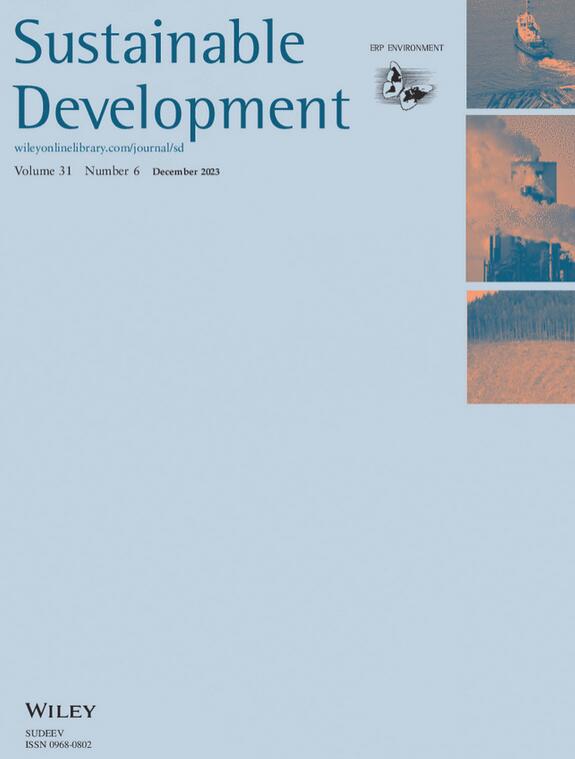利用 INFORM 数据的十年时空分析确定非洲的灾害风险因素和热点,以减少风险和促进可持续发展
IF 8.2
1区 环境科学与生态学
Q1 DEVELOPMENT STUDIES
引用次数: 0
摘要
非洲灾害的发生率和严重程度不断上升。非洲大陆缺乏关于灾害风险(DR)趋势、因素和热点的现有知识库。在此,我们对 INFORM 数据进行了随机森林机器学习回归、空间分层异质性和热点分析,以确定灾害风险模式、因素和相互作用,以及显著的风险热点。我们的研究表明,虽然非洲的灾害风险总体上在下降,但东部、南部和西部地区的灾害风险却在上升。洪水、流行病和暴力冲突是造成非洲灾害风险的危险因素。其他重要的灾害风险驱动因素主要集中在弱势群体和应对能力差的基础设施上。人为灾害与其他因素相互作用,对灾害风险的影响最大。确切地说,在本次研究的 53 个非洲国家中,有 19 个国家是灾难恢复的热点地区。厄立特里亚被确定为一个新的热点国家。为减少灾害风险,实现非洲的可持续发展,需要制定有针对性的政策,建设抗灾能力,采取减少脆弱性的措施,并制定全面的、充满可持续性的解决方案。本文章由计算机程序翻译,如有差异,请以英文原文为准。
Identifying disaster risk factors and hotspots in Africa from spatiotemporal decadal analyses using INFORM data for risk reduction and sustainable development
The incidence and magnitude of hazards in Africa are escalating. Extant knowledge base of disaster risk (DR) trends, factors, and hotspots is lacking for the continent. Here we applied random forest machine learning regressions, spatial stratified heterogeneity, and hotspot analyses on INFORM data to identify DR patterns, factors and interactions, and notable risk hotspots. We show that although DR is generally decreasing in Africa, the Eastern, Southern, and Western regions record increasing DR. Physical exposure to floods, epidemics, and violent conflicts are hazard drivers of DR in Africa. Other significant DR drivers are mostly clustered under vulnerable groups and poor infrastructural coping capacities. Human hazards interact with other factors, exhibiting the highest influences on DR. Precisely, 19 out of 53 African countries in this study are DR hotspots. Eritrea is identified as a new hotspot. Targeted policies, resilience building, vulnerability reduction measures and comprehensive sustainability‐infused solutions are required for DR reduction and sustainable development in Africa.
求助全文
通过发布文献求助,成功后即可免费获取论文全文。
去求助
来源期刊

Sustainable Development
Multiple-
CiteScore
17.30
自引率
11.20%
发文量
168
期刊介绍:
Sustainable Development is a publication that takes an interdisciplinary approach to explore and propose strategies for achieving sustainable development. Our aim is to discuss and address the challenges associated with sustainable development and the Sustainable Development Goals. All submissions are subjected to a thorough review process to ensure that our readers receive valuable and original content of the highest caliber.
 求助内容:
求助内容: 应助结果提醒方式:
应助结果提醒方式:


